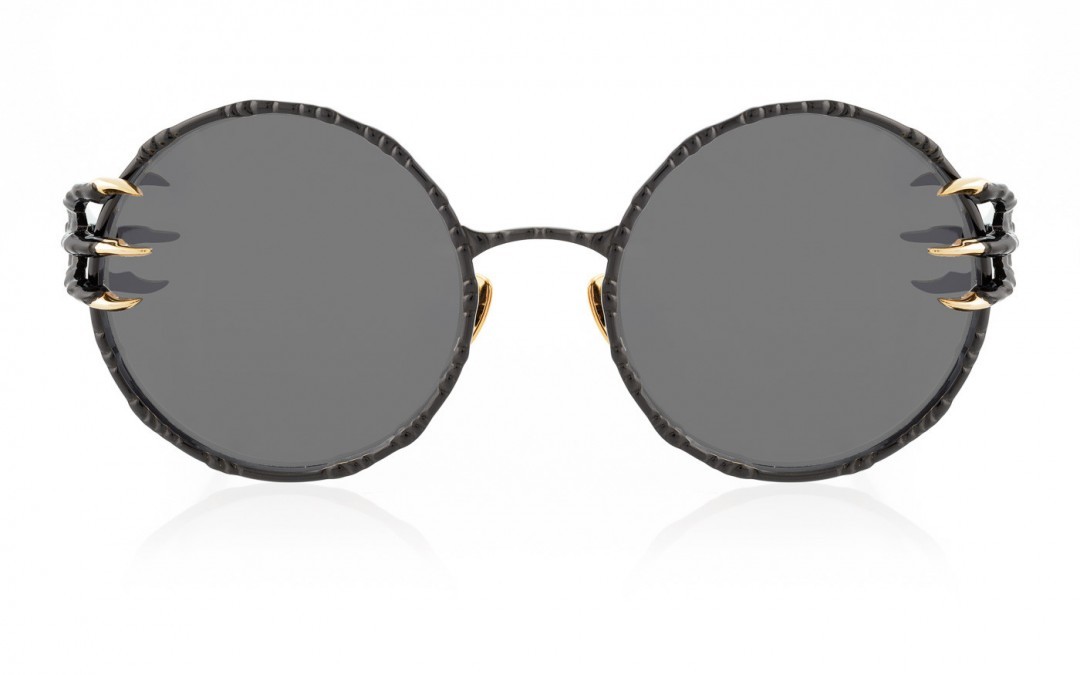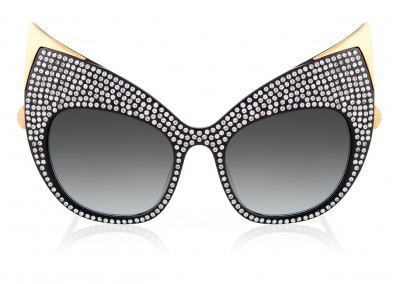Being a commercial photographer you get the experience from a wide variety of different assignments. All kinds of things including documenting an event, corporate portraits, store interior, landscape photography for decoration to precise product photography. And every one of these examples has its own tree of categories and difficulties.
For example; I recently had the privilege to shoot the new collection from the amazing eyewear designer Anna-Karin Karlsson. Lots and lots of new frames with the most spectacular designs, details and finesse. Those words doesn’t make a shoot easier. It definitely makes it more fun, but also a lot harder, because they are equally important for your images.
The first thing to solve is how to shoot, with what equipment and with what type of lighting. There are tons of different ways, all claiming to be the best. All with different kind of equipment and of course with a huge difference in cost.
This time I choose to go with my Nikon D800 on a tripod, a really crisp macro lens and for studio a Lastolite Cubelite. A cubelite is a small (60 cm) box of white fabric making the light really soft and with minimal reflexes from the surroundings. Inside the box I put a white glass plate at the bottom resting, in fact, on four shots glasses. Just to make the frames come up a bit from the bottom of the box without making any shadows.
On the sides I lit the box with two Profoto strobes with soft-boxes mounted to make the light even softer. In the back I put a small speed-light to make the background even and white. This way of lighting eliminates most reflexes, but far from all. We’re talking sunglasses here, with reflective surfaces everywhere.
Actually the reflexes are not the biggest problem. The biggest problem is that the lighting completely blows the color, transparency and structure of the glass into utter oblivion. Though, the frames looks fabulous in this light so this is still the way to go. The only solution, and according to my knowledge, the best solution, is to fix the glass in post. There you can control the color, transparency and gradience.
Truth to be told, this is where your actual work starts. Minutes becoming hours. Hours becomming days sitting with your Wacom board in front of Lightroom and Photoshop making the glass and the frames look like the reality. Invent new solutions for every frame, and every type of glass.*
Being a commercial photographer doesn’t end with the press of your cameras shutter after the setup. It starts. It’s just the beginning.
* Special thanks to Fanny Skoglund for absolutely fabulous assistance, support and perfect made cups of tea.











